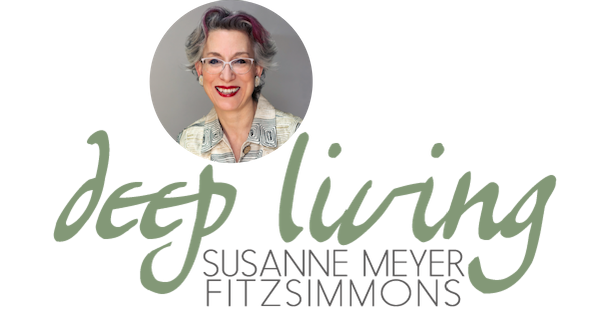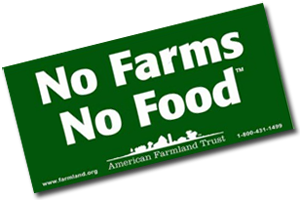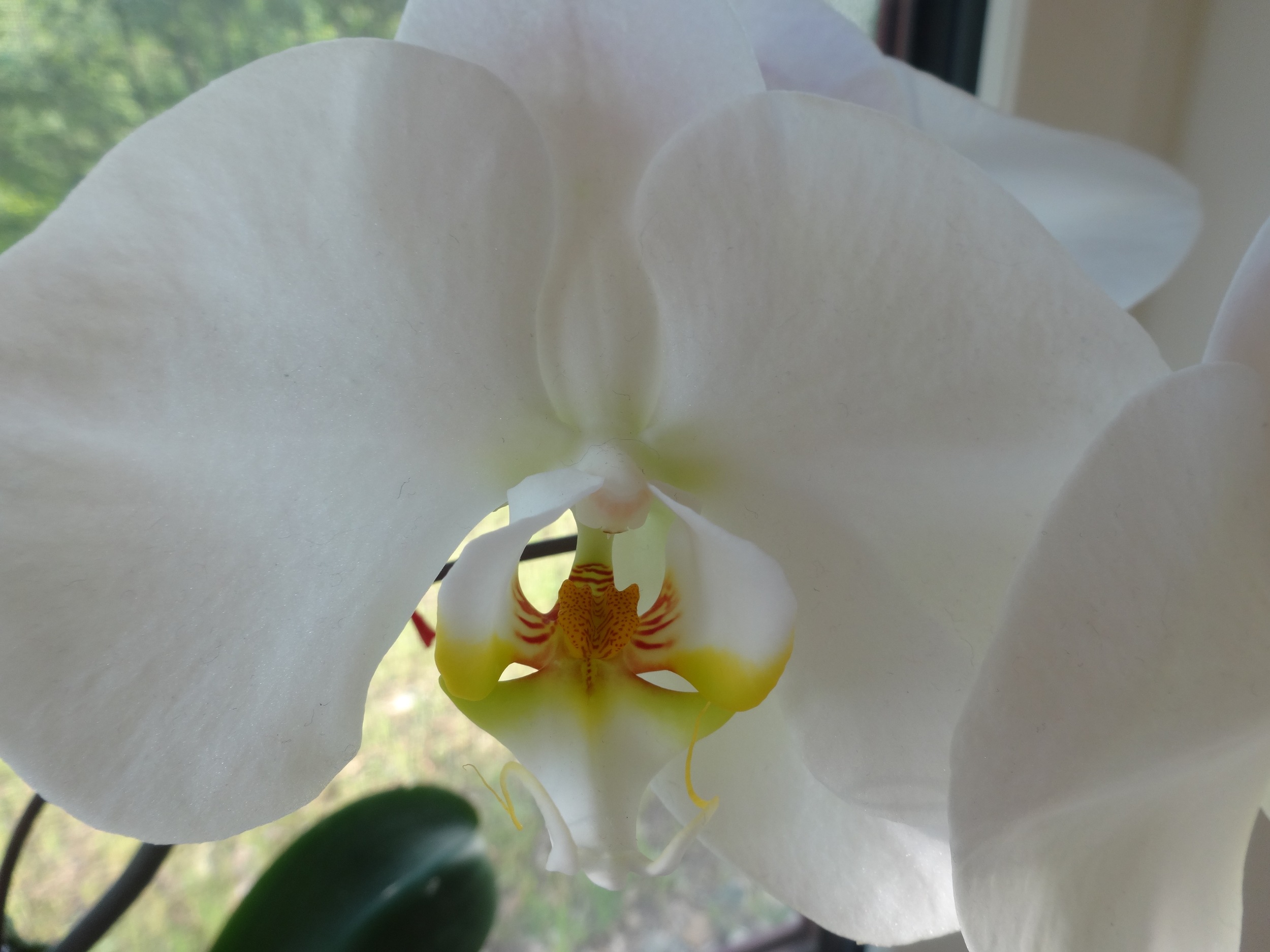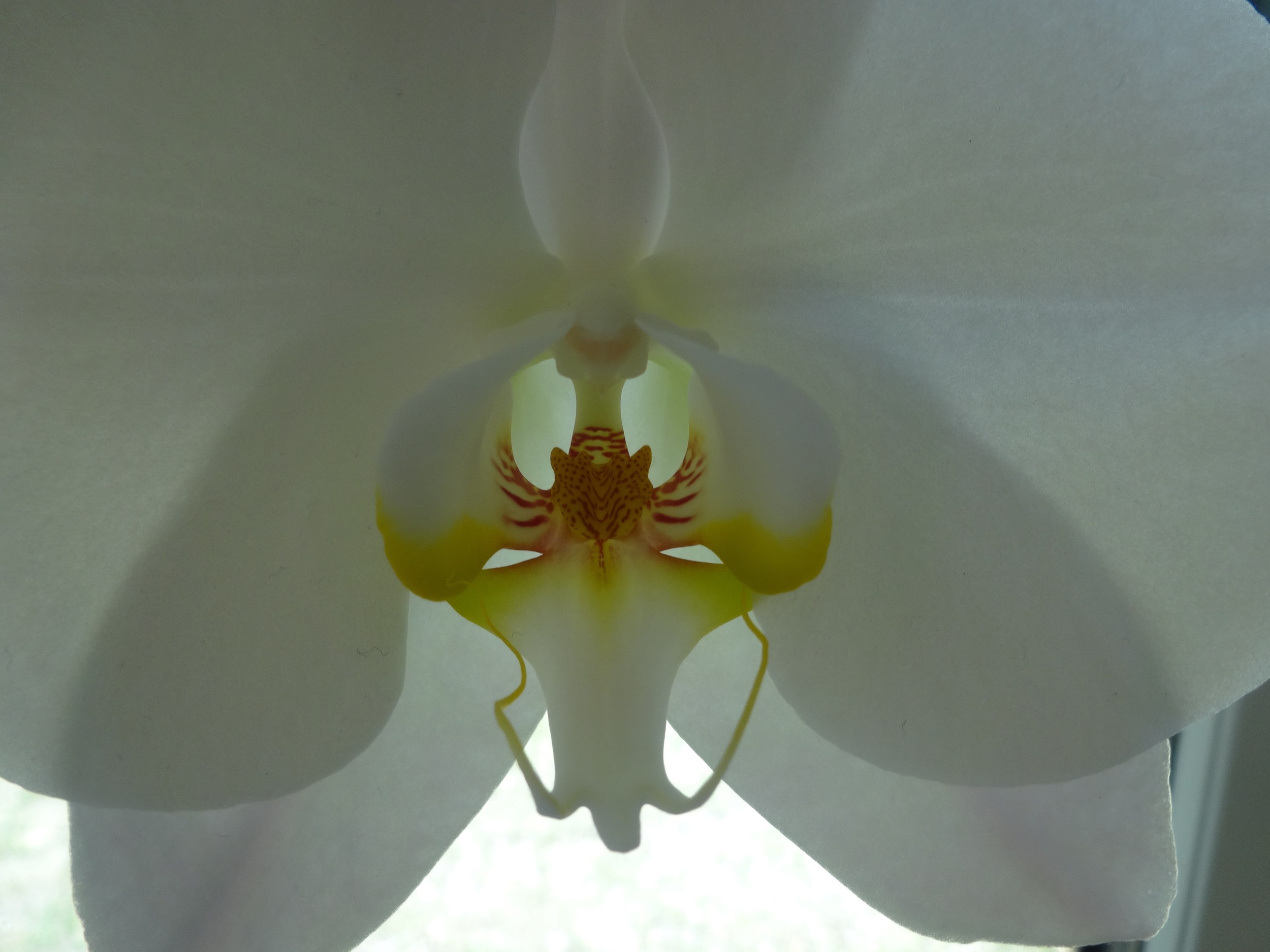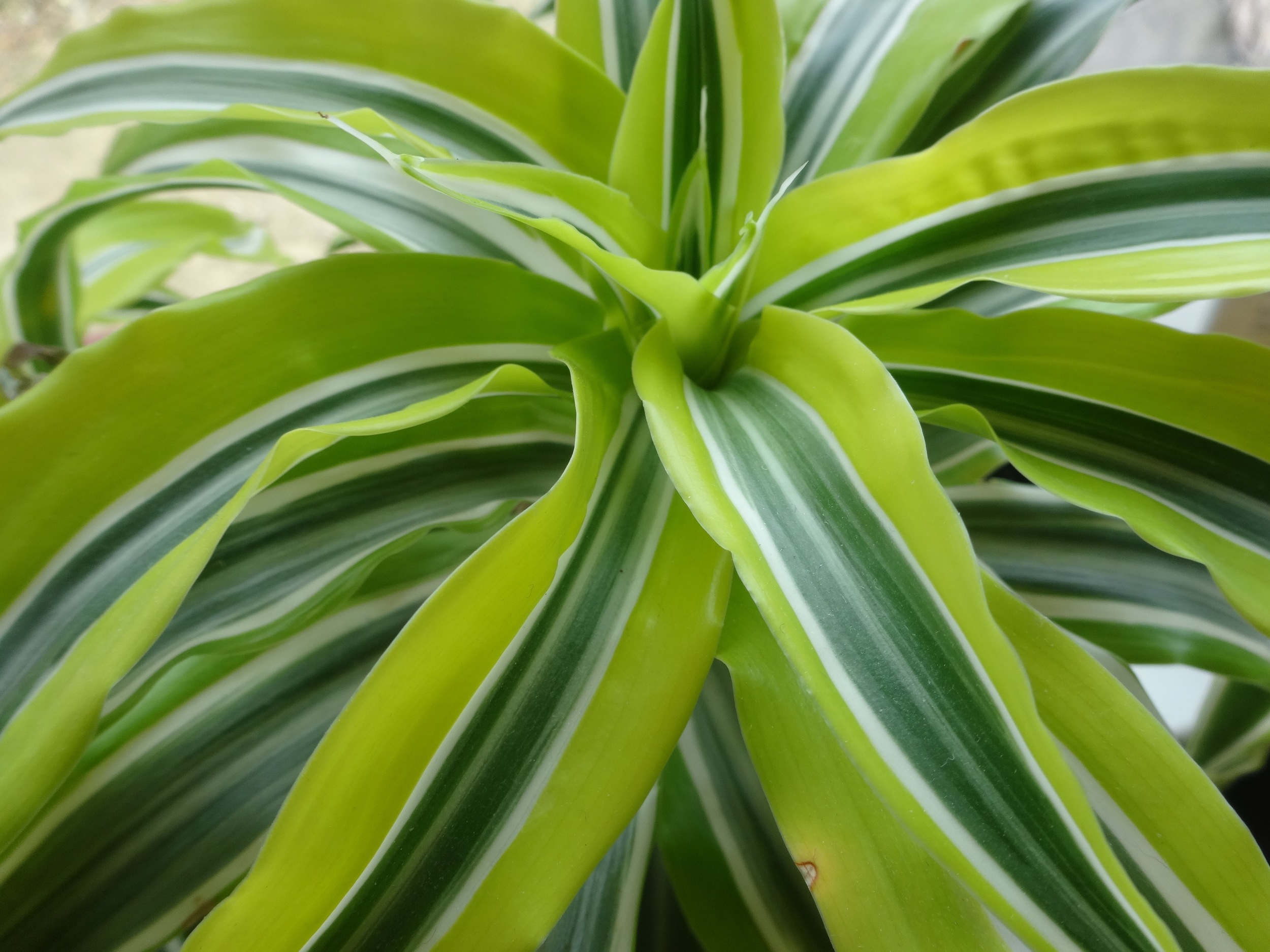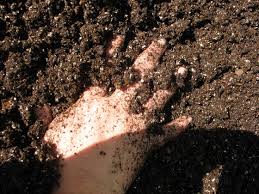After a long winter indoors it feels so good to be outside, open your arms wide in exuberance, and breathe in the fresh moist spring air in big gulps. Ahhhhhh.........Smelling the air is a thrilling experience, just like digging into the dirt and feeling the soil crumble in your hands, touching the tender spring flowers and shoots that are coming up out of the ground, seeing the fresh spring colors emerging, and listening to the gentle breeze whooshing in the trees.
What we don't usually realize is that all of these sensations occur simultaneously. What a much deeper experience to pause and take all of these impressions in together, the way they actually occur. When you are fully in that moment with nature it becomes an overwhelmingly complex, almost dizzying meditation. How does that moment feel then?
On the other hand, when we dissect a moment's experience into the different names we give it - hearing the breeze, smelling the fresh air, feeling the tender shoots, seeing the fresh colors - we experience these sensations consecutively. The separation occurs because we put the sensations into words, which inherently happen consecutively, and because we think about them. We can't simultaneously think about three different sensations that happen at the same time. Impossible. But we can experience them if we become still, get the words out of the way, and just BE. Just being makes you shift from seeing the world in consecutive flat segments, to a complex holographic whole.
